Photo Credit: zebra7 | Pixabay
Once you begin gardening, it’s not unusual to find yourself adding more and more to your planting list every year. Each season, your garden slowly expands in size, taking up more space and time.
But if you’re working with limited space or are trying to focus on growing plants that will give you a great harvest at the end of the season, it’s essential to concentrate on growing low-maintenance, high-yielding crops.
To help you create a productive, efficient garden, we recommend the best plants to grow. Our biggest tip? Always grow what you like and what your family will eat. Case in point -- radishes produce like crazy, but it’s pointless to raise them if nobody likes their spiciness!
What To Consider When Choosing Plants
The ultimate goal when picking plants for your garden is to find ones that give you the most bang for your buck. In terms of yield, you’ll want to look at the following:
- The total weight of the harvestable crop.
- The caloric content of the harvest.
- The nutritional content of the produce.
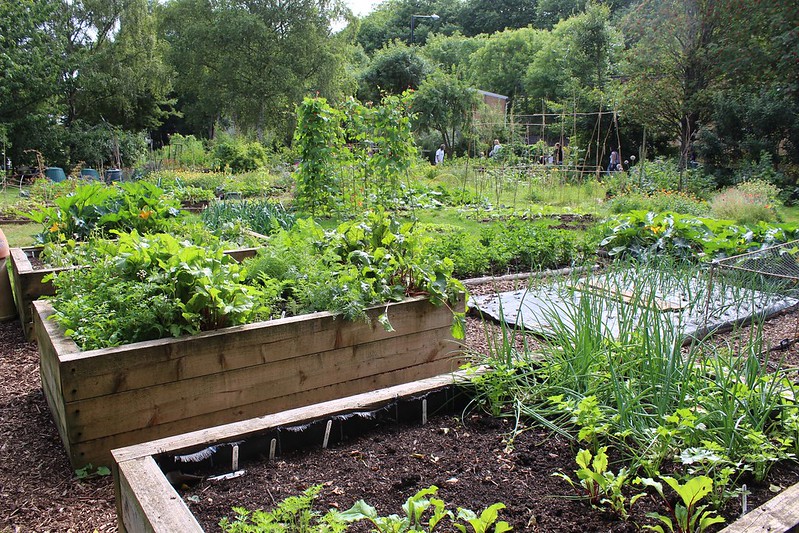 Photo Credit: Local Food Initiative | Flickr | CC BY 2.0
Photo Credit: Local Food Initiative | Flickr | CC BY 2.0
With that in mind, when looking at high-yield plants, we need to not only measure output but also look at the inputs used. Especially in terms of:
- Land -- How much space does it take up in the garden?
- Water -- How much water does it need through the season?
- Fertilizer -- How often does it need extra nutrients?
- Your Input -- How much energy do you expend caring for plants to get them to harvest?
Easy-To-Grow, High-Yielding Vegetables
Here are some of the veggies Deer Creek Seed recommends to get you started on your gardening journey.
Pole Beans
Beans are one of the first vegetables people think of when considering high-yield plants for the garden. Many of us remember our younger days snapping the ends off bowls and bowls of beans.
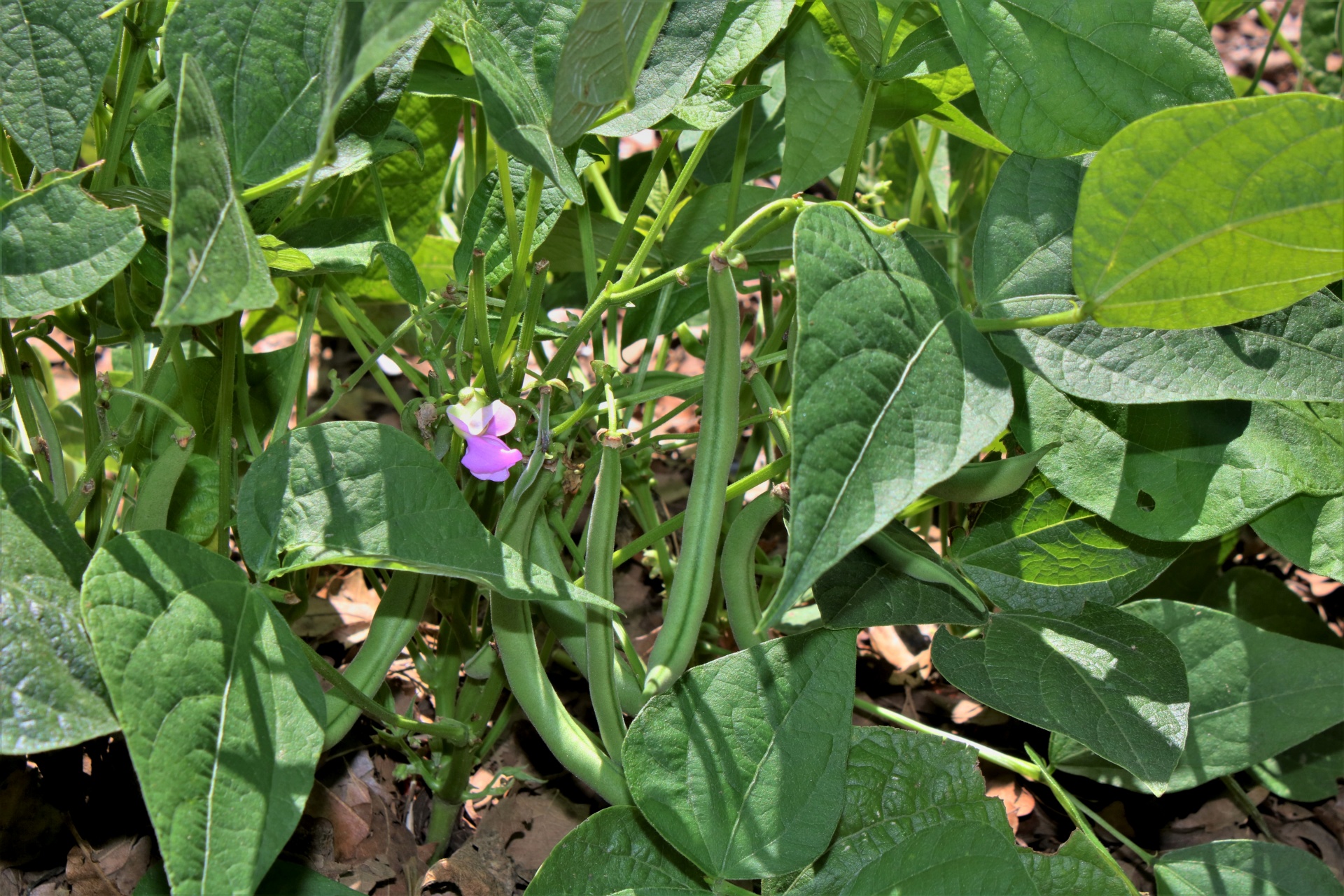 Photo Credit: PublicDomainPictures.net
Photo Credit: PublicDomainPictures.net
Pole beans yield more than bush varieties, but you’ll need to give them a trellis to climb. They’ll produce much longer through the season than other types too. They start bearing harvestable pods about sixty days after planting until the first kills the plant in the fall. Many also produce upwards of twenty pods per plant at any time.
Recommended Varieties
- Blue Lake Pole, Heirloom Kentucky Wonder, Kentucky Blue
Peas
When growing peas in the garden, you have three sweet pea options: English peas, snow peas, and sugar snap peas.
- English peas don’t have edible pods. They are also known as “green peas, “garden peas,” or “shelling peas.”
- Snow peas have thin edible pods. They are often called “Chinese pea pods” and are picked before the seeds have filled out.
- Snap peas, or sugar snap peas, are a mixture of the other two. You let the sed plump before picking, and the pods are edible.
Whether you plant garden peas or snap peas, you’ll be rewarded with a plentiful bounty come harvest! And, as a legume, the plants will add nitrogen to the soil, helping whatever you plant next in your garden rotation.
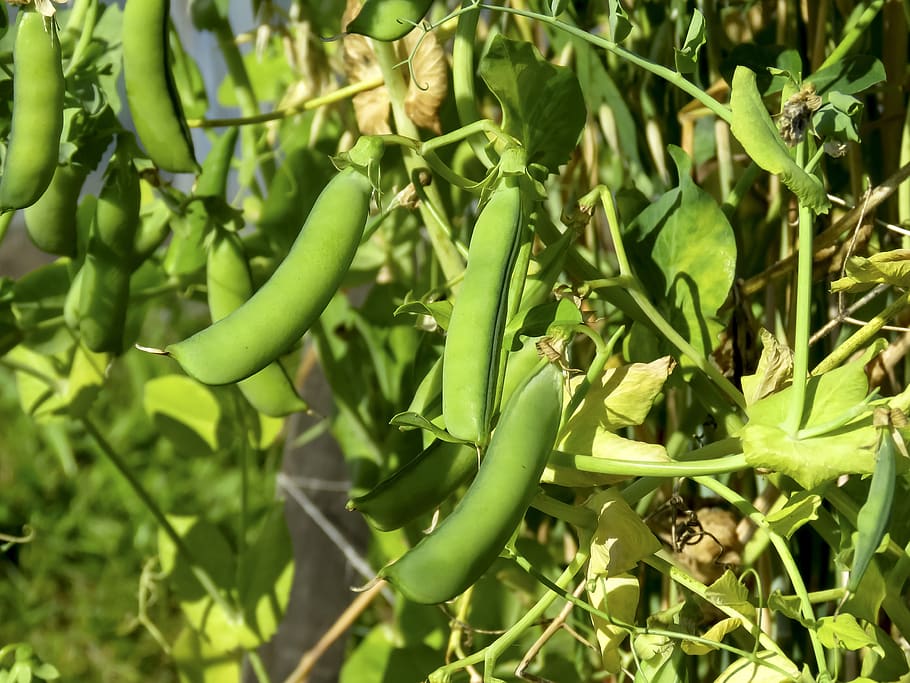 Photo Credit: pxfuel
Photo Credit: pxfuel
Like pole beans, you’ll need to place a trellis a few inches from each plant to give them a place to grow vertically. A trellis will help keep them from taking over your entire garden and keeps the pods off moist soil, preventing them from rotting.
Recommended Varieties
- English Peas: Green Arrow, Lincoln, Maestro, Mr. Big
- Snow Peas: Avalanche, Golden Sweet, Mammoth Melting Sugar, Oregon Giant, Oregon Sugar Pod
- Sugar Snap Peas: Cascadia, Sugar Ann, Sugar Daddy, Super Sugar Snap, Tendersweet
Zucchini & Summer Squash
If you’re looking for a high-yielding crop with many different uses, zucchini and summer squash indeed fit the bill. These veggies grow in various soil conditions; you can squeeze in two plantings in some planting zones.
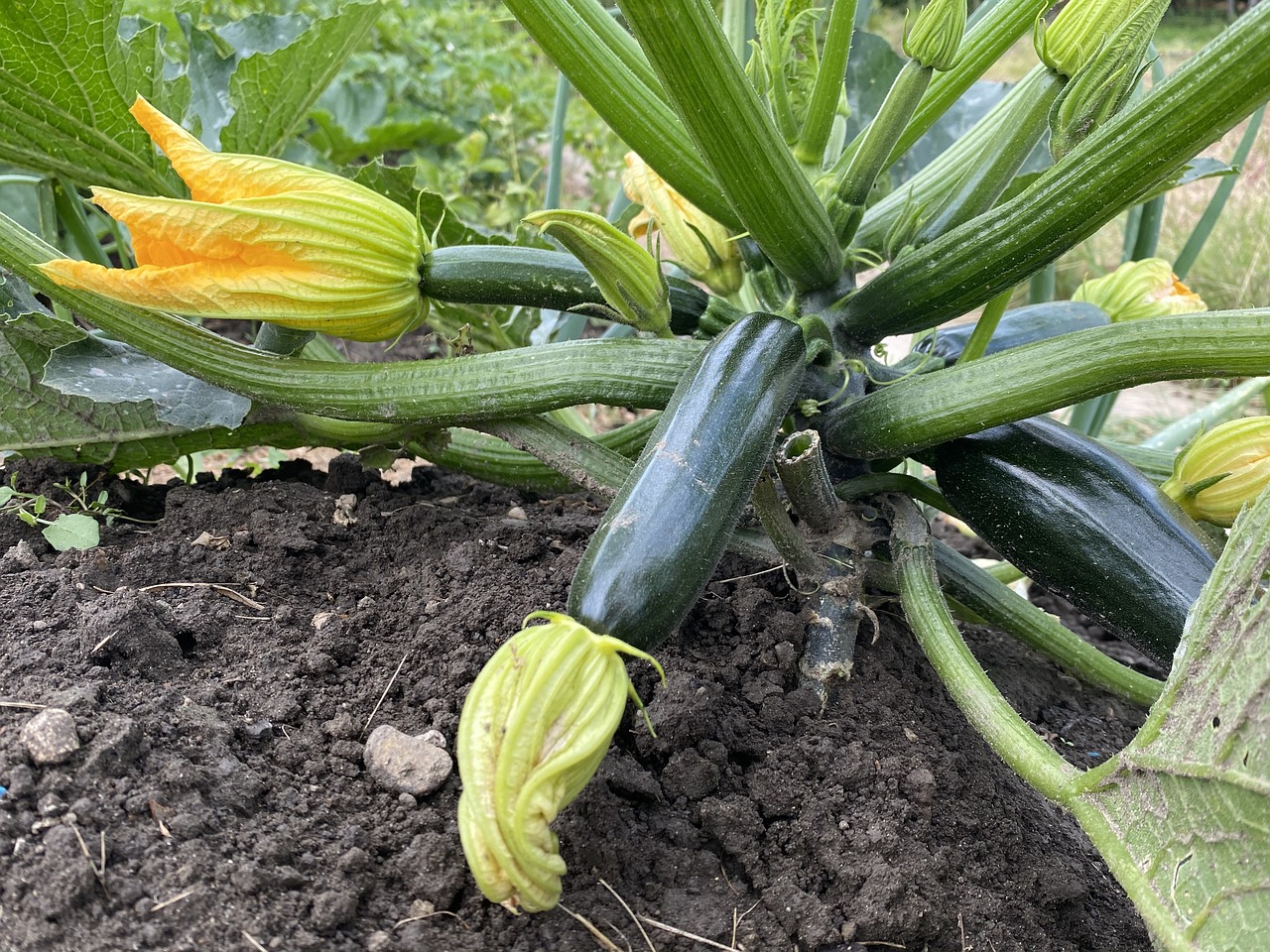 Photo Credit: JeannieMiller | Pixabay
Photo Credit: JeannieMiller | Pixabay
Be forewarned that the plants grow rampantly, so you’ll need to provide ample room between them to prevent fungal problems due to no air movement. Don’t go overboard and plant too many, though. A single plant is known to produce about ten pounds in a season.
Recommended Varieties
- Zucchini: Black Beauty, Grey, Caserta
- Summer Squash: Lioness, Early Prolific, Zephyr
Salad and Leafy Greens
Whether you’re a fan of salad greens like leaf lettuce, spinach, kale, and arugula, or you prefer heartier greens like Swiss chard, these plants are fantastic for rounding out your low-maintenance, high-yielding garden.
Yes, some people may argue that while plants are high producers, the resulting harvest isn’t calorically dense, so they might not be the best option if you’re trying to maximize your space and output. But truthfully, we think greens are perfect plants for tucking in areas that might not be large enough for other vegetables.
 Photo Credit: pxhere
Photo Credit: pxhere
Many of your typical greens prefer cool weather or even a little shade, so you can plant them early in the spring and later in the fall. They’re also great for growing in between taller plants like your tomatoes which will cast a shadow during the day's heat and keep them from bolting.
When growing greens, you want to cut the leaves off just above the soil line instead of pulling plants up from the roots. Harvesting this way creates a “cut and come again” scenario where the plant will continue to produce as long as the conditions are suitable.
Recommended Varieties
- Chard: Bright Lights, Deer Creek Seed Swiss Chard, Fordhook Giant
- Collards: Champion, Deer Creek Seed Collards, Georgia, Tiger Hybrid
- Leaf Lettuce: Black Seeded Simpson, Grand Rapids, Red Sails
- Kale: Blue Curled Scotch, Common Curly Kale, Deer Creek Seed Kale, Red Russian Kale
- Spinach: Bloomsdale Longstanding, Deer Creek Seed Spinach, Double Take
- Arugula: Astro, Garden Tangy, Rocket, Slow Bolt
Tomatoes
Undoubtedly, tomatoes should be one of the first plants on your list when putting together a high-yielding garden. They are relatively easy to grow, and a single plant can produce 8 to 10 pounds of fruit in one summer. You’ll meet the needs of a small family with only one or two plants. Plus, you have many options for putting up tomatoes (canning, freezing, making paste, or salsa) to last through the winter.
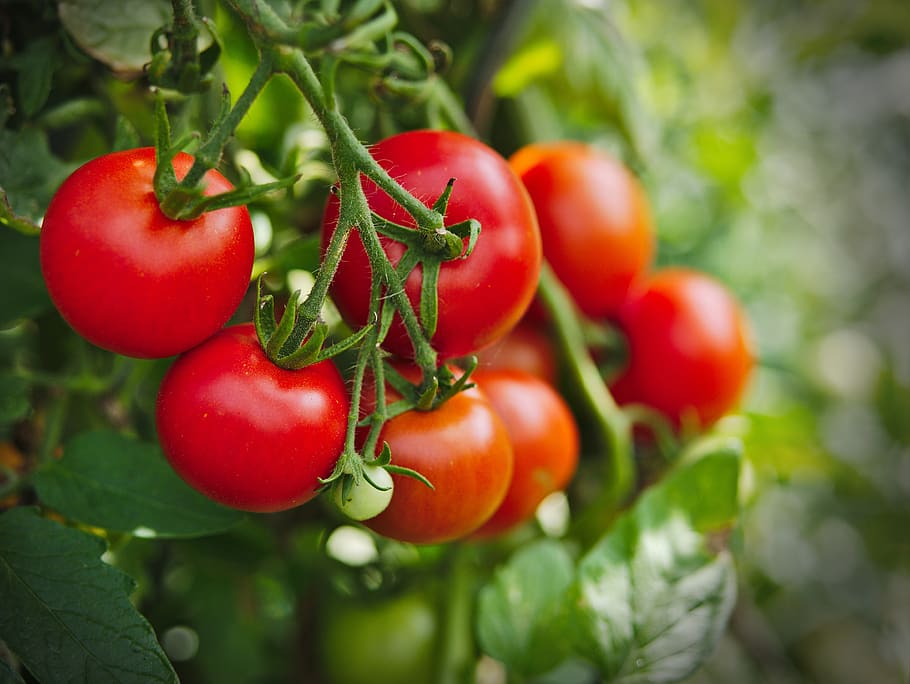 Photo Credit: pxfuel
Photo Credit: pxfuel
Tomatoes grow in one of two ways and are classified as determinate or indeterminate.
Determinate plants put on all their fruit at one time so it ripens about the same time. Romas (also known as paste tomatoes) are a classic determinate tomato because they are typically grown for canning, so it’s helpful to have them ready close together.
Indeterminate tomato plants continue to grow, flower, and put on fruit throughout the season and will produce until you get a hard frost. These plants may need to be staked or pruned back as the season progresses. If you’re looking for high yields, you should choose an indeterminate variety.
Recommended Varieties
- Cherry Tomatoes: Baby Boomer, Sunsugar, Supersweet 100
- Slicing Tomatoes: Big Beef, Brandywine, Chef’s Choice Green, Early Girl
- Plum or Paste Tomatoes: Amish Paste, San Marzano
Hot and Sweet Peppers
If you’re a sweet or hot pepper fan, we highly recommend adding them to your garden! They are smaller than tomato plants but popular with people because they’re another great producer. Peppers are also relatively low-maintenance and have very few pest issues. Personally, I plant them in front of my tomatoes, keeping them all grouped together.
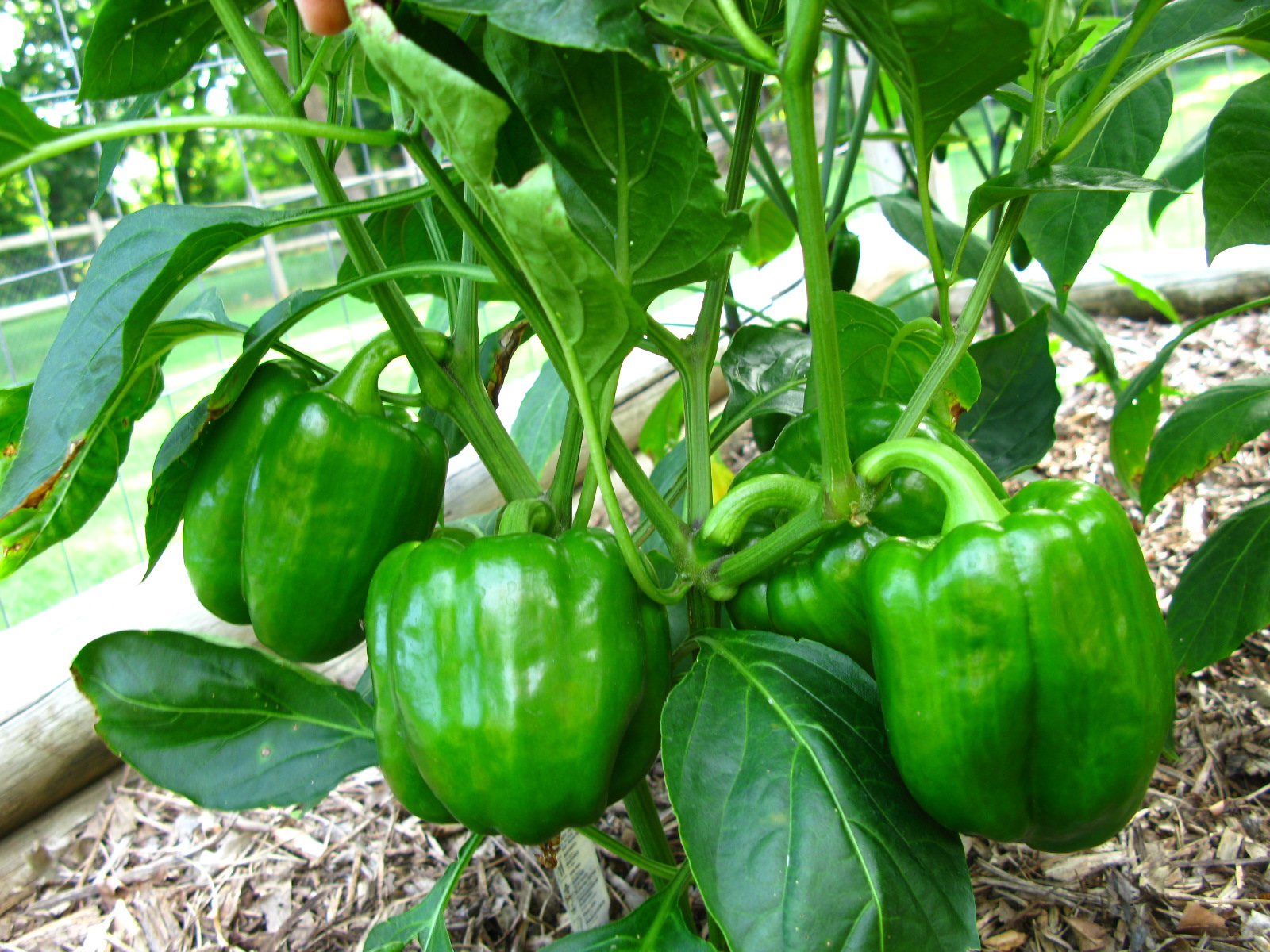 Photo Credit: OakleyOriginals | Flickr | CC BY 2.0
Photo Credit: OakleyOriginals | Flickr | CC BY 2.0
With so many different types to choose from, this is a great way to try new flavors (or heat levels!) or grow varieties that aren’t easy to find in your local grocery stores.
Recommended Varieties
- Sweet Peppers: Big Red, California Wonder, Sweet Banana, Sweet Sunrise
- Chili Peppers: Anaheim, Hungarian Yellow Wax, Jalapeno, Serrano Chili
Cucumbers
Fans of slicing cucumbers and pickles will be happy to hear that cucumbers are another fantastic high-yielding, low-maintenance garden crop. Cucumbers come in many different types and sizes—some better for eating in salads and others great for pickling. On average, a single plant produces about 3 pounds of fruit a summer.
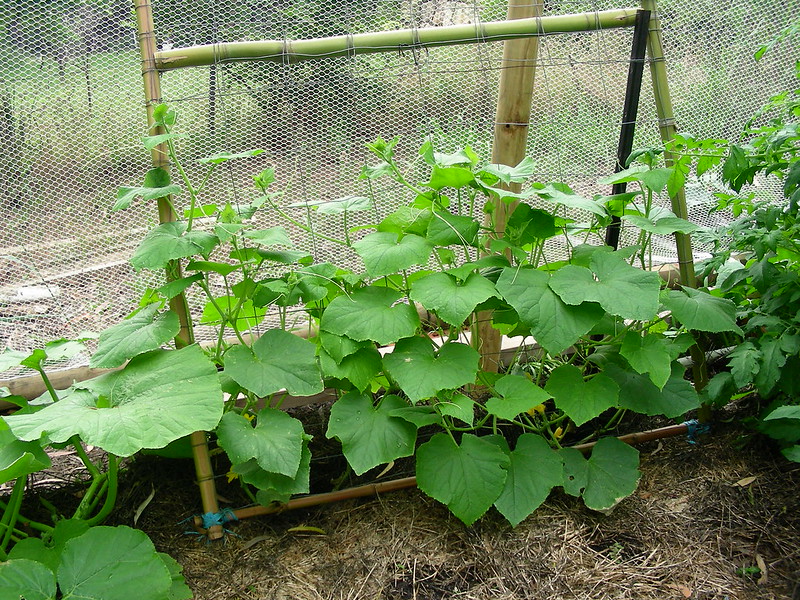 Photo Credit: Doug Beckers | Flickr | CC BY-SA 2.0
Photo Credit: Doug Beckers | Flickr | CC BY-SA 2.0
You can grow fruit on a trellis or over an arch to maximize space and keep fruit off the ground. You’ll have an easier time picking them this way, you’ll lose less fruit to rot or mold, and you can grow lettuce or other cool-season veggies in their shade.
Recommended Varieties
- Boston Pickling, Straight 8 Cucumber, Summer Dance
Beets
We get it, beets are one of those veggies that you either love or hate, but we had to put them on this list. From planting to harvest takes about two months, so you’ll have a quick turnaround and can plant them multiple times a year.
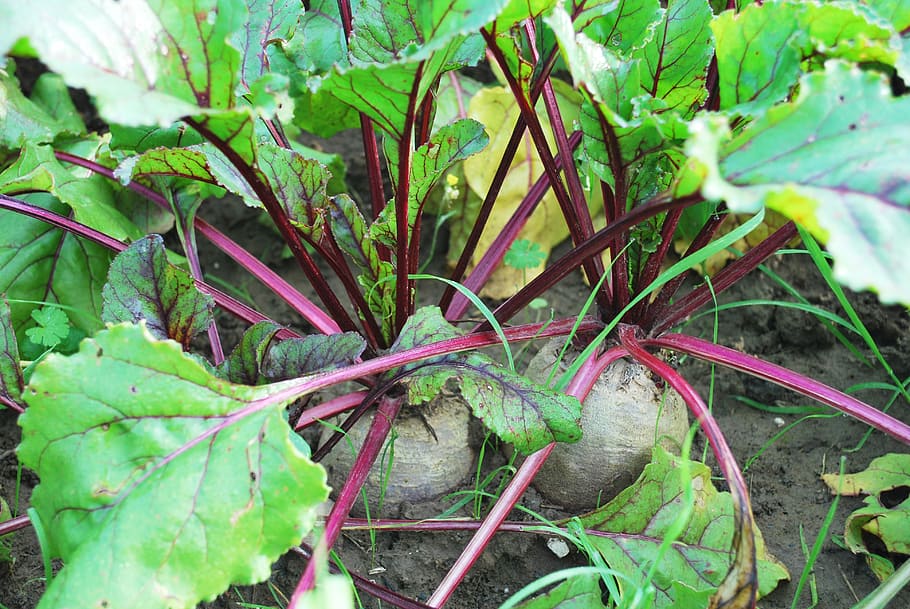 Photo Credit: pxfuel
Photo Credit: pxfuel
Besides their quick growth rate, beets can be planted about 4” apart, allowing you to grow many in a small area. They also do well when grown in the ground or raised beds. Plus, you can reap multiple products from your plants. You can enjoy the beets and eat the beet tops as highly-nutritious greens.
Recommended Varieties
- Detroit Dark Red, Golden, Ruby Queen Beet
Carrots
Carrots are great because they can be planted close together, have low-maintenance needs, and store exceptionally well over the winter. They are staples of many Midwest gardens, and when spring weather permits, you can get a spring and fall crop.
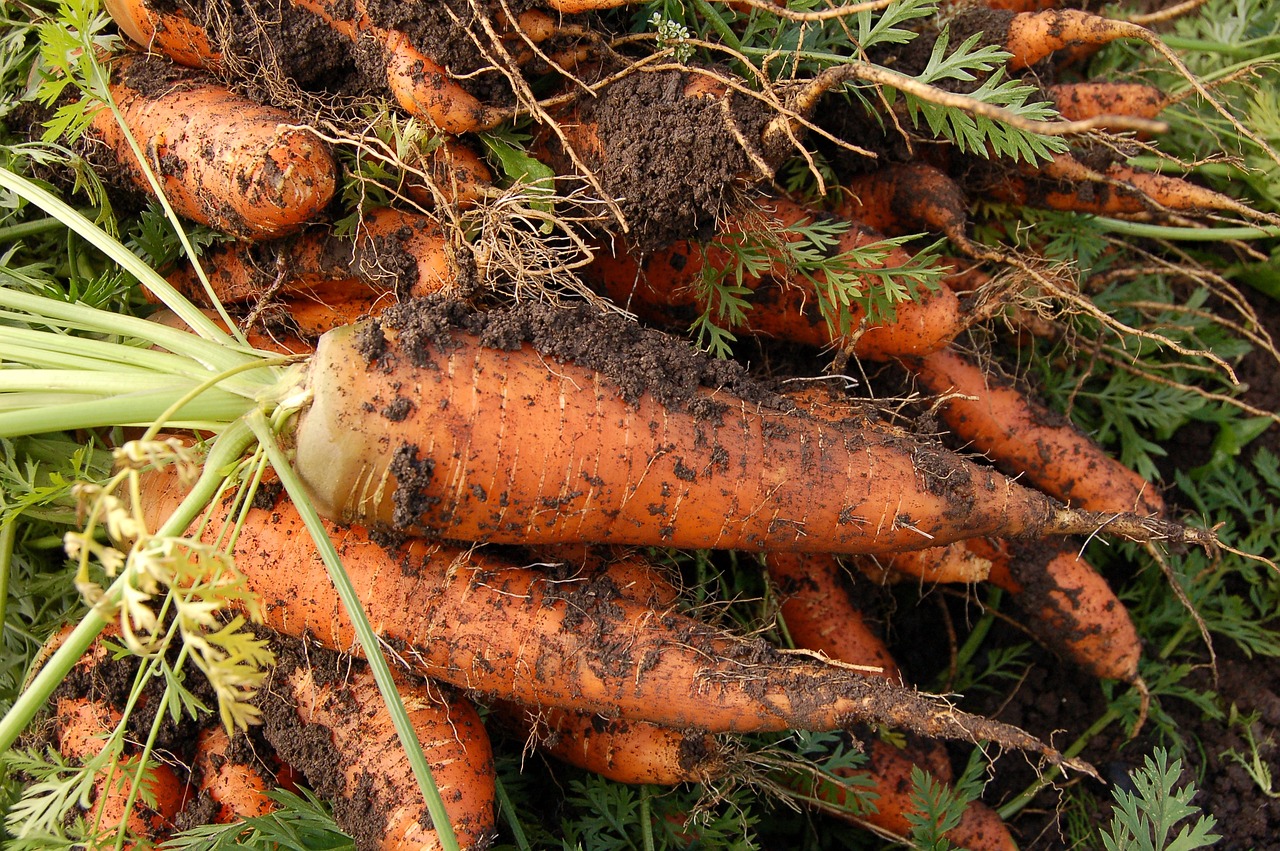 Photo Credit: Alexey_Hulsov | Pixabay
Photo Credit: Alexey_Hulsov | Pixabay
Many people have great luck growing them in raised beds, and they make great companion plants for most of your other garden veggies.
Recommended Varieties
- Scarlet Nantes, Imperator 58 Carrot, Little Fingers
Radishes
Radishes are a favorite with gardeners (if you like their spicy flavor) because they are one of the fastest-growing garden vegetables. Once planted, you can have plants ready to harvest in as little as forty-five days! Like beets, they take up very little space, and you can grow multiple crops in a single season.
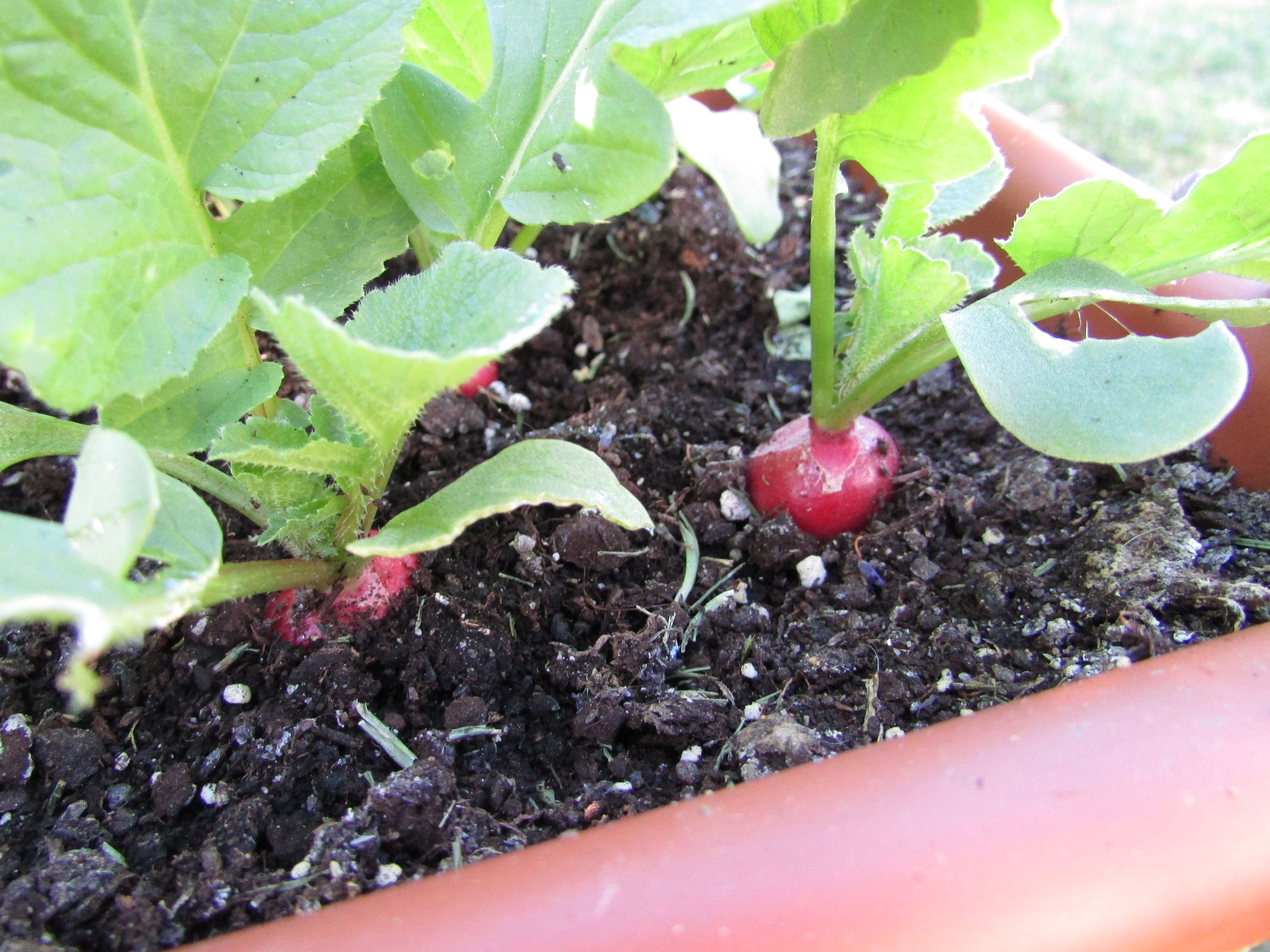 Photo Credit: Wikimedia Commons
Photo Credit: Wikimedia Commons
Recommended Varieties
- Cherry Belle, Early Scarlet Globe, Rudolph
Potatoes
As long as you have good soil for spuds, you should definitely put them in your high-yielding garden! When grown in loose, well-draining soil, you’ll see a bumper crop come fall. In some areas with longer growing seasons, you might be able to produce both a spring and fall crop, doubling your harvest!
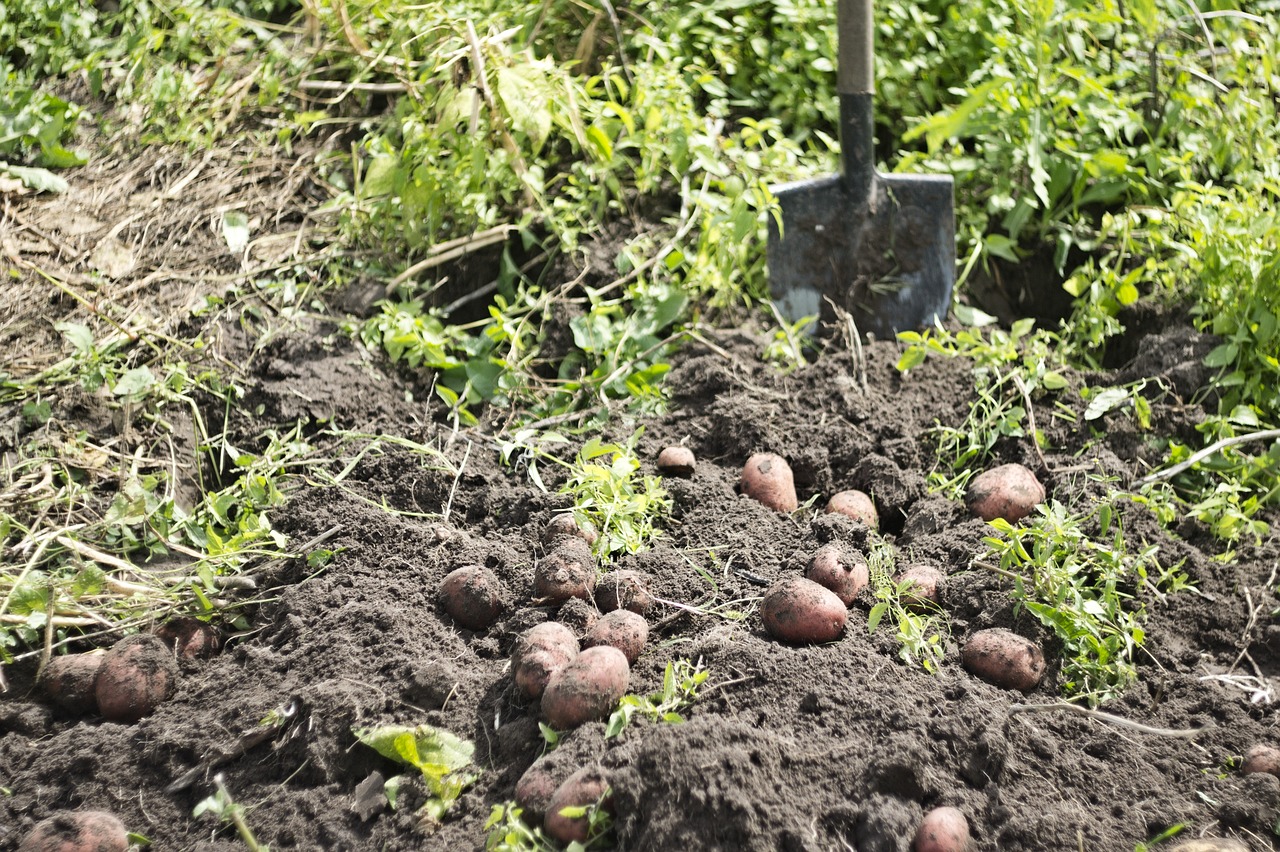 Photo Credit: ukrtor | Pixabay
Photo Credit: ukrtor | Pixabay
When growing potatoes, make sure they get adequate nitrogen to fuel vegetative growth early in the season, and then scale back, focusing on phosphorus and potassium once they flower. This strategy will then prompt the vines to concentrate on growing tubers. If taken care of well, plants will easily produce up to 10 potatoes per plant.
Recommended Varieties
- Kennebec, Red Pontiac, Rio Grande Russet, Yukon Gold
Okra
Northern and Southern gardeners can take advantage of okra’s high production rate and enjoy it in many recipes beyond gumbo! Just wait until temperatures are good and hot to put plants in the ground, and pick fruits while they are young and tender. The more frequently you harvest, the more the plants will produce.
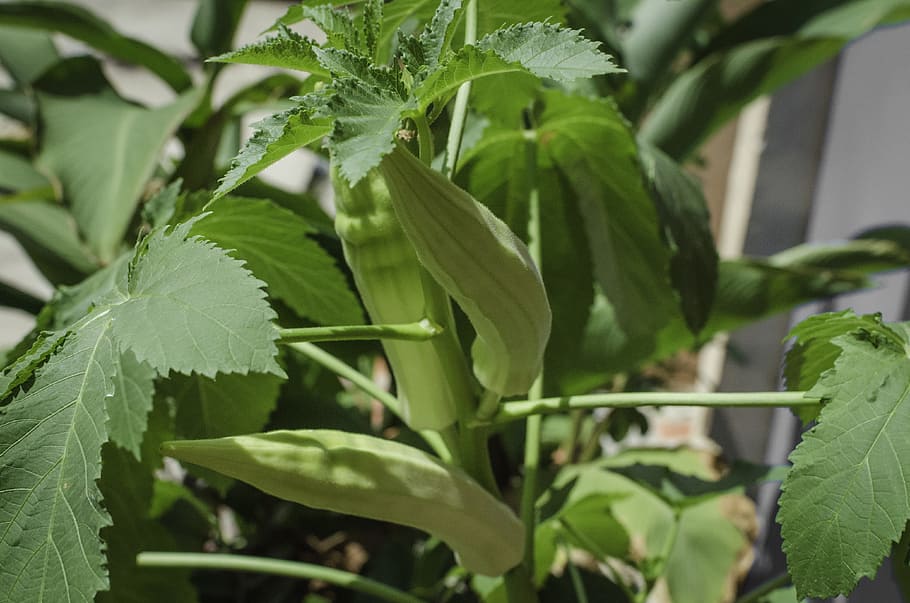 Photo Credit: pxfuel
Photo Credit: pxfuel
Recommended Varieties
- Cajun Delight, Clemson Spineless
Other Low-Maintenance Food Plants
You aren’t relegated to only growing veggies if you want low-maintenance, high-yielding plants. Fruit trees, rhubarb, and berry patches are great ways to increase your harvest and round out your garden produce.
Fruit Trees
Fruit trees are fantastic because they offer many options, will produce incredible yields, and can grow in small spaces. Some dwarf varieties thrive in containers or can grow flat against a wall or along a fence.
One important thing to remember is that you may see little yield in the first couple of years after planting. But be patient! Soon enough, you’ll have more fruit than you know what to do with.
On average, you can expect the following:
- Apple trees produce 480 to 690 lbs per mature full-sized tree.
- Plum trees produce 165 to 330 lbs per standard tree.
- Pear trees produce 192- 288 lbs per standard tree.
- Apricot/ Peach/ Nectarine produce 144-288 lbs per standard-sized tree.
- Cherry trees produce about 135 lbs per standard tree.
Rhubarb
Rhubarb is another one of those take-it-or-leave-it plants, but it’s a gem in the garden for those who love it. You can easily get three or four harvests from a single plant every season, with each crop offering 2 to 6 pounds of stalks from a full-sized plant.
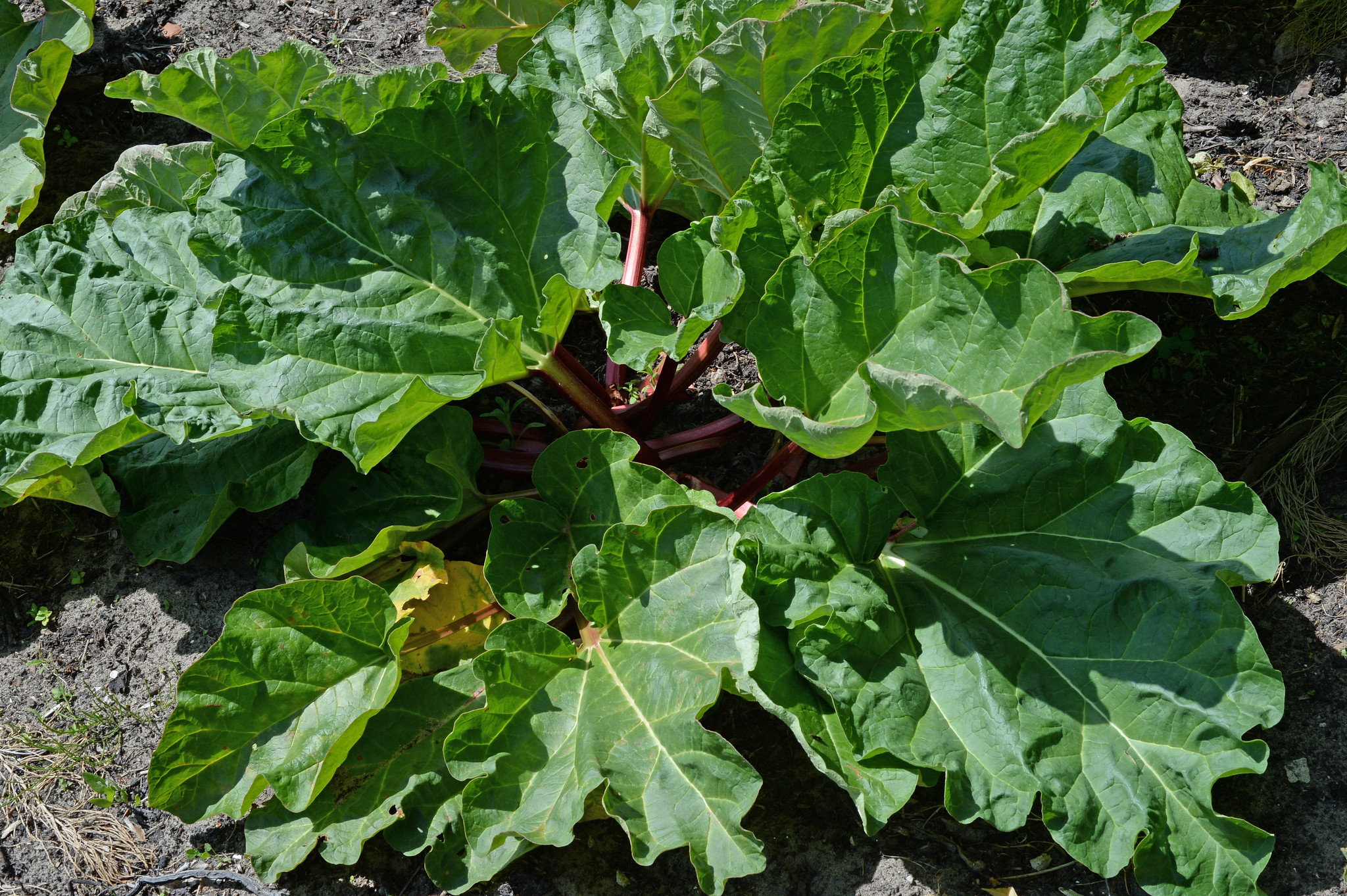 Photo Credit: Joost J. Bakker IJmuiden | Flickr | CC BY 2.0
Photo Credit: Joost J. Bakker IJmuiden | Flickr | CC BY 2.0
Plants are almost always started from cuttings instead of seeds. The cuttings are taken from healthy crowns with at least one leaf bud above the soil and healthy roots on the bottom. They say you’ll get 5 to 8 years from a healthy rhubarb plant, but the one in my garden has been going strong since 2010!
Recommended Varieties
- Canada Red, MacDonald, Valentine, Victoria, Crimson Red
Berries
Rounding out our list of low-maintenance, high-yielding plants are berry bushes. Most berries prefer good, rich soil and plenty of sun to produce a lot of fruit. But you don’t need a massive patch, as a single plant can yield enough for a batch of jam or plenty to enjoy fresh.
We left blueberries off this list because they need highly acidic soil. In our opinion, for gardeners with neutral to alkaline soils, dropping the soil pH accordingly doesn’t qualify as low-maintenance.
- A blackberry plant can yield 10-20 pounds of fruit.
- Red, black, golden, or white currants can yield 4.5-11 lbs of fruit per plant.
- Raspberries yield 2-6 lbs of fruit per cane during a fruiting season.
Let the Experts at Deer Creek Seed Help!
At Deer Creek Seed we take great pride in sourcing only the best quality seeds for our customers and are dedicated to serving our customers. Whether you’re looking for assistance choosing the best greens to grow, or you’re unsure about growing Okra, but want to give it a go, reach out to our staff agronomists!
Additional Resources
- Utah State University’s Extension has everything you need to know about growing rhubarb in the garden.
- Need some home gardening tips or advice? PennState Extension offers articles on anything and everything you need to grow big, beautiful plants.
- One of the keys to growing a successful garden is soil nutrition. Check out Deer Creek Seed’s guide on soil testing so you understand why you should sample and how to interpret your results.
- The experts of NC State’s Extension program share comprehensive resources on growing fruit and nut trees. If you need to know something, they likely have an article explaining it.



